GarageBand, Apple’s free and user-friendly Digital Audio Workstation (DAW), is a powerful tool for music production. Despite being free and accessible, GarageBand has the capability to produce professional-quality tracks. Whether you’re a budding musician, a seasoned producer, or simply curious about creating music, this guide will walk you through producing studio-quality tracks using GarageBand.
Understanding the Basics of GarageBand
Before diving into advanced techniques, it's essential to familiarize yourself with GarageBand's interface. Its intuitive design makes it easy for beginners to get started. Here’s a quick breakdown of what you’ll see:
- Track View: Where you arrange your music.
- Smart Controls: Customize your instrument sounds and effects.
- Library: Access preloaded instruments and loops.
- Piano Roll: Edit MIDI notes.
- Drummer Track: Add dynamic drum parts to your track.
Take some time to explore these features to streamline your workflow.
Step 1: Set Up Your Workspace
Optimize Your Audio Settings
To ensure the highest-quality output, adjust GarageBand’s preferences:
- Go to GarageBand > Preferences > Audio/MIDI.
- Set the output and input to your audio interface for better sound fidelity.
- Adjust the buffer size to reduce latency (128 samples is a good starting point).
Choose the Right Equipment
GarageBand shines when paired with good-quality gear. Here's what you’ll need:
- Audio Interface: Devices like the Focusrite Scarlett 2i2 or MOTU M4 are perfect for GarageBand.
- Microphone: Condenser microphones like the Audio-Technica AT2020 work well for vocals.
- Studio Monitors or Headphones: Accurate playback ensures you hear all details in your mix.
Step 2: Recording High-Quality Audio
Recording Vocals
- Use a pop filter to reduce plosives.
- Record in a quiet, acoustically treated space.
- Experiment with microphone placement. A distance of 6–8 inches from the microphone is ideal.
Layering Instruments
GarageBand comes with an array of virtual instruments. Use the MIDI keyboard or the Musical Typing feature to record parts like piano, strings, and synths. For guitars, use GarageBand's built-in amp simulators to create authentic tones.
Step 3: Use GarageBand's Smart Controls and Effects
EQ and Compression
- Apply EQ to shape the tone of your tracks. Cut unnecessary low frequencies and boost mids for clarity.
- Use compression to even out the dynamics. GarageBand’s built-in compressor is simple yet effective.
Add Reverb and Delay
GarageBand’s reverb and delay plugins can add space and depth to your tracks:
- Use reverb on vocals and instruments for a natural room sound.
- Delay can create rhythmic echoes that add character.
Experiment with Plugins
GarageBand supports third-party AU plugins, giving you access to professional-grade tools. Plugins like iZotope’s Neutron or Waves SSL can elevate your mix to a studio level.
Step 4: Arranging Your Song
Structure Your Track
Start with a simple structure like:
- Intro: Establish the mood.
- Verse: Build momentum.
- Chorus: Highlight the central theme.
- Bridge: Add variety and tension.
- Outro: Close with a satisfying resolution.
Add Dynamics
Create interest by automating volume and panning. For instance:
- Gradually increase volume during a build-up.
- Pan backing vocals slightly left and right for a wider sound.
Step 5: Mixing Your Track
Balance Your Levels
Ensure each track sits well in the mix:
- Use the mixer view to adjust individual track volumes.
- Keep vocals clear and upfront.
Use Automation
Automation can breathe life into your tracks. Automate:
- Volume: For crescendos or to highlight specific parts.
- Panning: To create a sense of movement.
Refer to Professional Tracks
Compare your mix to a professionally produced track in the same genre. Pay attention to tonal balance, dynamics, and loudness.
Step 6: Mastering Your Track
Mastering polishes your mix and prepares it for distribution. While GarageBand doesn’t have advanced mastering tools, you can achieve great results with these steps:
- Apply the Master EQ to fine-tune your overall sound.
- Use the Limiter to maximize loudness without distortion.
- Export your track in high-quality formats like WAV or AIFF.
Bonus Tips for Studio-Quality Tracks
- Use Loops Wisely: GarageBand’s extensive loop library can add texture to your tracks. Avoid overusing them to maintain originality.
- Collaborate: GarageBand makes it easy to share projects with other Apple users for remote collaboration.
- Learn Keyboard Shortcuts: Speed up your workflow by mastering GarageBand shortcuts.
- Back Up Your Projects: Regularly save your work to avoid losing progress.
Conclusion
Producing studio-quality tracks with GarageBand is entirely possible with the right techniques and tools. By optimizing your setup, mastering the software’s features, and paying attention to details like EQ, compression, and arrangement, you can create music that sounds professional and polished. Remember, the key is practice and experimentation. Keep refining your skills, and soon you’ll be crafting tracks ready for release.

